Postgraduate students of the Intelligent Mobility course at the Royal College of Art were tasked with creating visions for the future of sustainable luxury. Chief design officer at Mahindra Pratap Bose was on hand to assess to work
The design of luxury vehicles has traditionally been reliant upon the use of high-quality materials in the cabin, as well as the inclusion of features that are not typically available on lower-end models like massage seats and heated steering wheels. But what happens when sustainability becomes the focal point?
Postgraduate students of the Intelligent Mobility course at the Royal College of Art were tasked with creating visions for the future of sustainable luxury mobility. Six of these projects have been selected and explored in more detail during a digital event, with special guest Pratap Bose, chief design officer, Mahindra and Mahindra, providing his thoughts on each design.
Aeon by Corentin Janel
Corentin Janel’s project, titled ‘Aeon’, challenges the idea of perfection, which he suggests is a common influence on luxury car brands. “It’s going in the opposite direction and emphasising the beauty of imperfection and how it can be expressed through a new way of looking at mobility,” he said.
Inspired by the Japanese philosophy Wabi-Sabi, Janel’s project looks to celebrate the intrinsic qualities of various materials, using simplicity and minimalism in design to create a connection with vehicle occupants.
Holos by August Reynes
‘Holos’, was created by August Reynes. Material experimentation was at the heart of his design process, with the aim of using the vehicle to create unique and personal experiences. Reynes also addresses the issue of sustainability through vehicle lifecycle, suggesting that the creation of a strong emotional bond between user and car through these personal experiences will maximise the period of ownership and thereby reduce waste. “Holos explores the vanguard of sustainability through the experience of design and emotional attachment,” said Reynes. “The concept arises from the observation of people in nature, and how they act and enjoy life. The project applies emotion as the energy of sustainability since emotion never becomes obsolete.”
Bose weighed in with his thoughts: “In India and other countries, we often talk about the material and the spiritual worlds,” he said. “I love that both these students have connected these worlds through an emotional link. I think it’s really magical and a very difficult challenge, so big congratulations to both students for achieving it.”
Project Aeolus by Benjamin Martin
‘Project Aeolus’ is a grand tourer designed by Benjamin Martin. Drawing on the heritage of Bentley, Martin’s project aims to showcase innovative technology positioned in the grille that could help with carbon capture. He uses the term “purified elegance” to describe the design language.
“I explored this theme through a series of speedform sketches that focus on the sensual surface treatment while providing a sense of strength and speed through signature lines the rear haunch,” he said. “Refinement in this theme resulted in a harmonious approach to each element of the concept. This vision for Bentley redefines the next generation of the grand tourer, signifying a pure statement of the Bentley grille for the next 100 years.”
Audi Mercury by Hang Liu
Taking a different approach to the other projects, Hang Liu’s ‘Audi Mercury’ explores the evolution of Formula E vehicles with new user experiences at the fore. He notes that the world of racing is a chance for companies to push the boundaries of technology and show their capabilities.
“I was inspired by a personal interest in racing,” he said. “With aerodynamic thinking, the design is both functional and sculptural. I designed the concept for the air to pass around the cabin, directing it to the rear for battery and motor cooling.”
Professor Dale Harrow, chair and director of the Intelligent Mobility Design Centre and head of programme for MA Intelligent Mobility, commented on the two projects presented by Martin and Liu. “What we are trying to do at the college is create future generations of designers,” he said. “Key to that is develop inquisitiveness and curiosity, which allows design work to go much further. In the past, designers would say to me, ‘I’ve designed something great, but the engineering team or marketing has made a mess of it.’ So, I want our designers to be global and able to work with engineers and marketing departments. It’s increasingly important in this age of digitalisation. We are now thinking of designers as being curators who put everything together. What you can see in these projects, it’s not just a bit of styling – the projects have real qualities in them that need extensive thinking and research.”
Bose also highlighted the role of the designer as curator and suggested that there is a growing need for brand differentiation. “People buy into meaning and stories,” he said. “The more powerful a story you can tell within your company, the more influence you can have on the products that come out. What I love about the four projects so far, they all have a story, and it’s your job as a designer to make that happen.”
Skyer by Ruiqi Zhang
Exploring the problem of congestion in major cities, Ruiqi Zhang created a mobility concept called ‘Skyer’, designed specifically for commuters in the year 2035 and beyond. It aims to combine the benefits of public and private mobility in one solution. “It is modern and connected but also cosy and relaxed,” said Zhang. “My final design was inspired by the handle in product design. I selected this direction because it allows people to understand the unique function of the vehicle. Skyer is a radical solution for urban mobility.”
Heron by Guillaume Innocenti
‘Heron’ by Guillaume Innocenti explores lightweighting and minimalism as means to achieve sustainability. “When I first think of luxury vehicles, I think of large and heavy cars,” said Innocenti. “For my project, I wanted to use a minimal approach of experiencing luxury, guided by efficiency and optimisation.” The seats are a key feature of the interior and are based on a lightweight design. There is a minimal structure for the body, and the exterior has clean shapes that maximise aerodynamics.
Conclusions
In summing up Harrow underlined the importance of visionary thinking to solve the multiple challenges ahead. “Sustainability is at the forefront of everyone’s minds,” he said. “Mixing sustainability and luxury is a hard challenge but offers so many opportunities. Also, the difference between public and private transport is breaking down. Companies are getting involved in providing hybrid solutions - it’s no longer just buses and trains, there are new typologies. So, it is really important that we dream. If we have a dream and vision, we can take a company to the next level.”
Bose reflected on the future of design and the role of shared mobility: “India is a country where only 18 in 1,000 people own a car. The US is roughly 700 per thousand, and Western Europe is 600 per thousand. If we look at opportunities to not repeat mistakes of the past, India is in a unique position. You can imagine what would happen if all these people got their own car and the extreme congestion that would result. These examples that we have just seen – the Skyer and the Heron – clearly show that less is more.”
Bose suggested that using fewer components in the vehicle would mean end-of-life recycling would be far easier to achieve. He also urged students to consider roles outside of traditional car companies when it comes to starting their careers. “Most of what we have been discussing today is centred upon how designers fit into car companies,” he recalled. “But many of these projects show that designers can fit into governments, city planning departments and local authorities. In the future, I think young designers will find an avenue in these bodies too.”









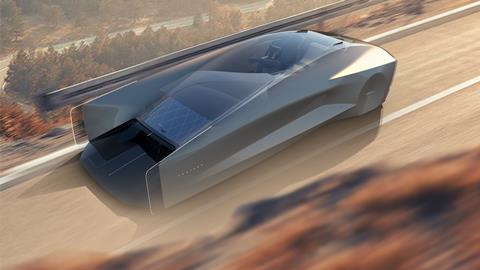
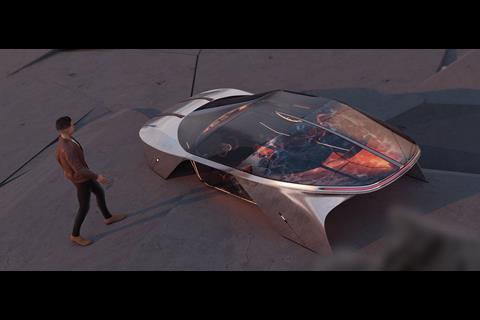
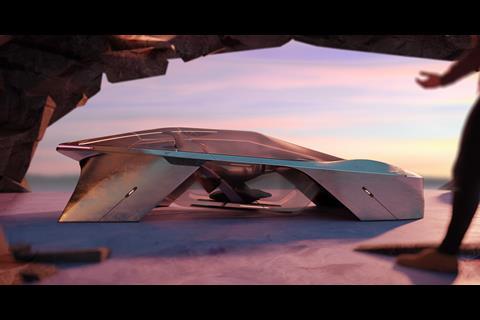
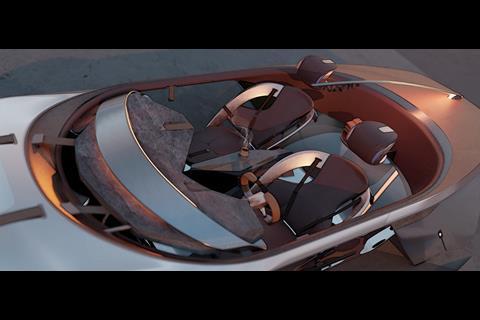

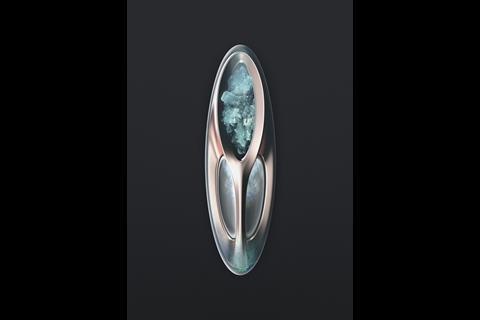
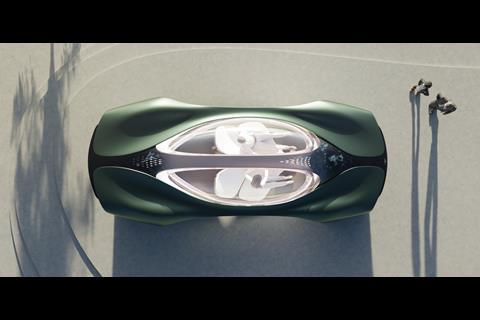
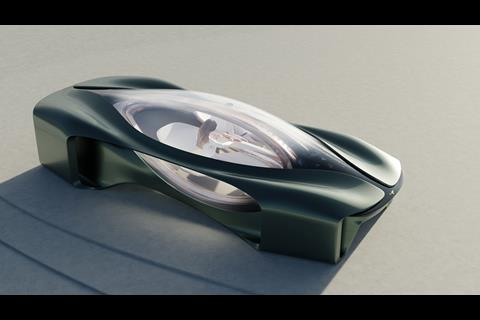
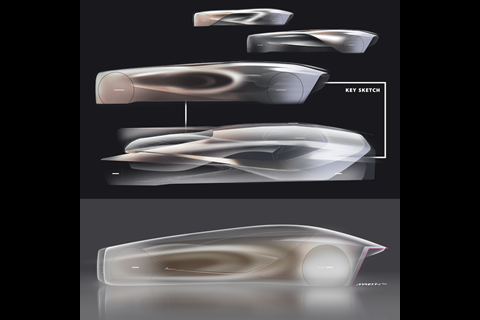
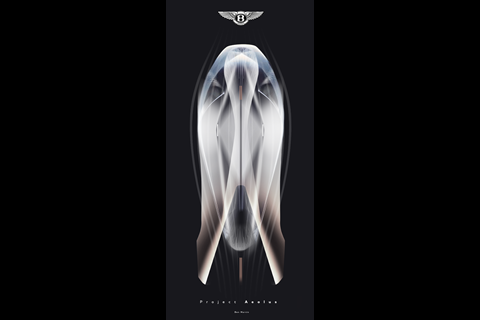
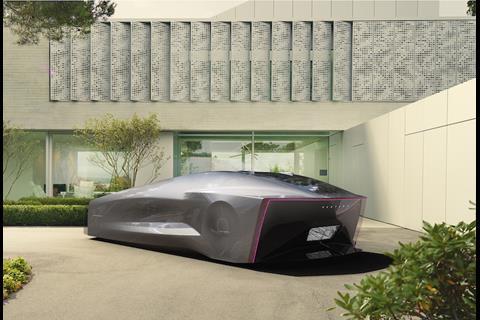
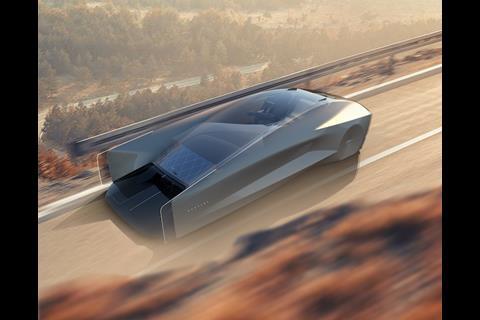
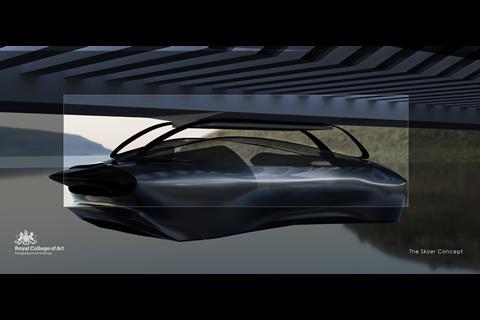
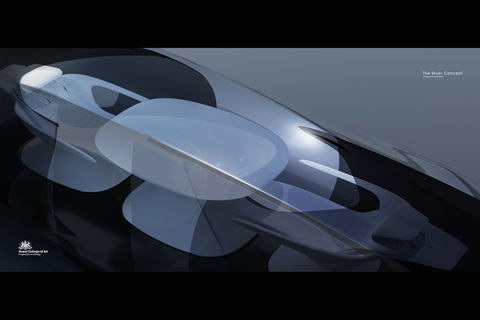
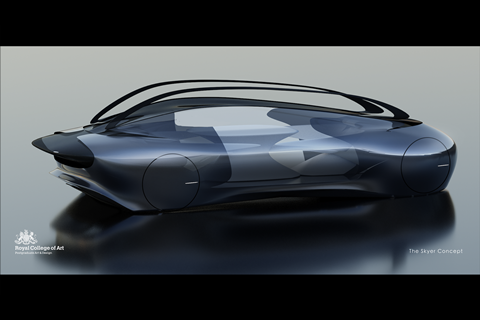
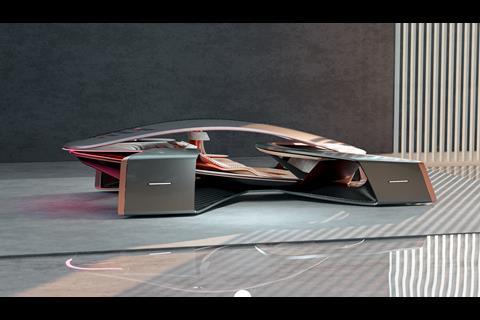

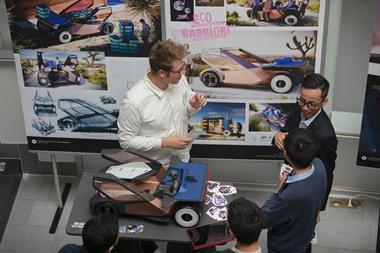

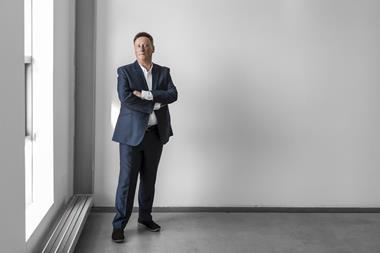
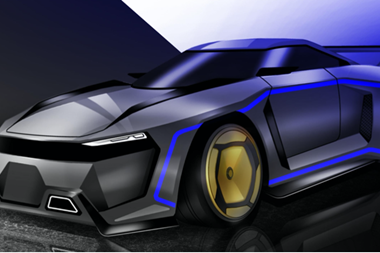
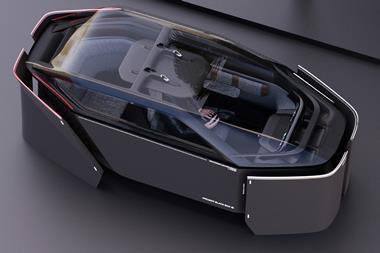


No comments yet